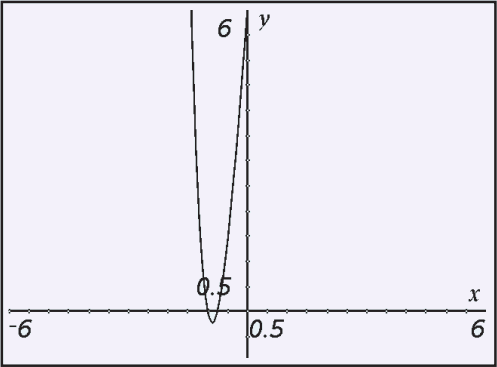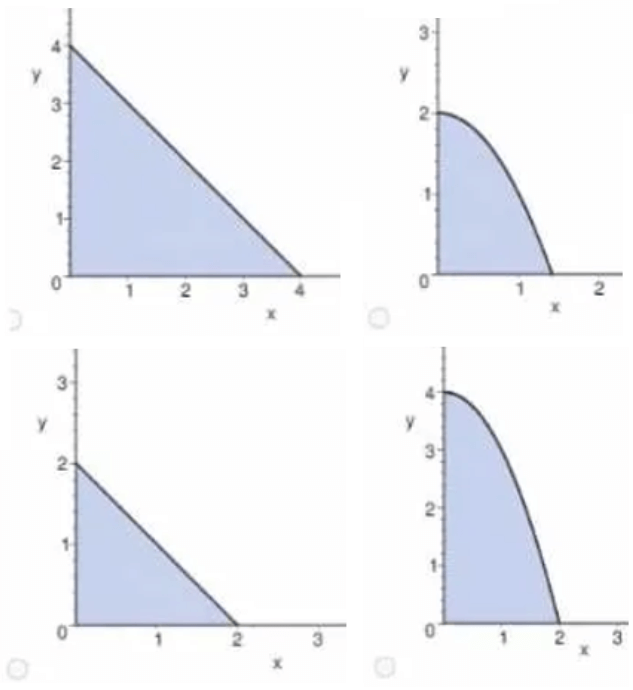DETERMINING THE NUMBER OF SOLUTIONS
When we solve a linear equation in one variable, we may find exactly one value of x that will make the equation a true statement. But, when we simplify some equations, we may find that they have more than one solution or they do not have solution.
The table given below explains the situations where we have exactly one solution, more than one solution and infinitely many solutions for a linear equation in one variable.
Result
What does this mean?
How many solutions?
x = a
When the value of x is a, the equation is a true statement.
1
a = a
Any value of x makes the equation a true statement
Infinitely many
a = b
where a ≠ b
Any value of x makes the equation a true statement
0
Example 1 :
Use the properties of equality to simplify the equation given below. Say whether the equation has one, zero, or infinitely many solutions.
4x - 3 = 2x + 13
Solution :
4x - 3 = 2x + 13
Subtract 3x from each side.
2x - 3 = 13
Add 3 to each side.
2x = 16
Divide each side by 2.
x = 8
Justify and Evaluate :
Substitute x = 8 in the given equation.
4(8) - 3 = 2(8) + 13 ?
32 - 3 = 16 + 13 ?
29 = 29 ------> True
Substitute some other value for x, say x = 10.
4(10) - 3 = 2(10) + 13 ?
40 - 3 = 20 + 13 ?
37 = 23 False
Only x = 8 makes the equation a true statement and not any other value. So, there is only one solution, that is x = 8.
Example 2 :
Use the properties of equality to simplify the equation given below. Say whether the equation has one, zero, or infinitely many solutions.
4x - 5 = 2(2x - 1) - 3
Solution :
4x - 5 = 2(2x - 1) - 3
Use distributive property.
4x - 5 = 2(2x) - 2(1) - 3
Simplify
4x - 5 = 4x - 2 - 3
4x - 5 = 4x - 5
We find the same coefficient for x on both sides.
So, subtract 4x on from each side to get rid of x-terms.
-5 = -5
When we solve the given equation, we don't find 'x' in the result. But the statement (-5 = -5) we get at last is true. So there are infinitely many solutions.
Example 3 :
Use the properties of equality to simplify the equation given below. Say whether the equation has one, zero, or infinitely many solutions.
4x + 2 = 4x - 5
Solution :
We find the same coefficient for x on both sides.
So, subtract 4x from each side to get rid of x-terms.
2 = -5
When we solve the given equation, we don't find 'x' in the result. But the statement (2 = -5) we get at last is false. So there is no solution.
Kindly mail your feedback to v4formath@gmail.com
We always appreciate your feedback.
©All rights reserved. onlinemath4all.com
Recent Articles
-
Rational Root Theorem
Feb 06, 25 07:42 PM
Rational Root Theorem or Rational Zero Theorem - Concept - Examples -
How to Find Pythagorean Triplet from One Number
Feb 06, 25 06:10 PM
How to Find Pythagorean Triplet from One Number - Concept - Examples with step by step explanation -
AP Calculus AB Problems with Solutions (Part - 10)
Feb 06, 25 09:46 AM
AP Calculus AB Problems with Solutions (Part - 10)

